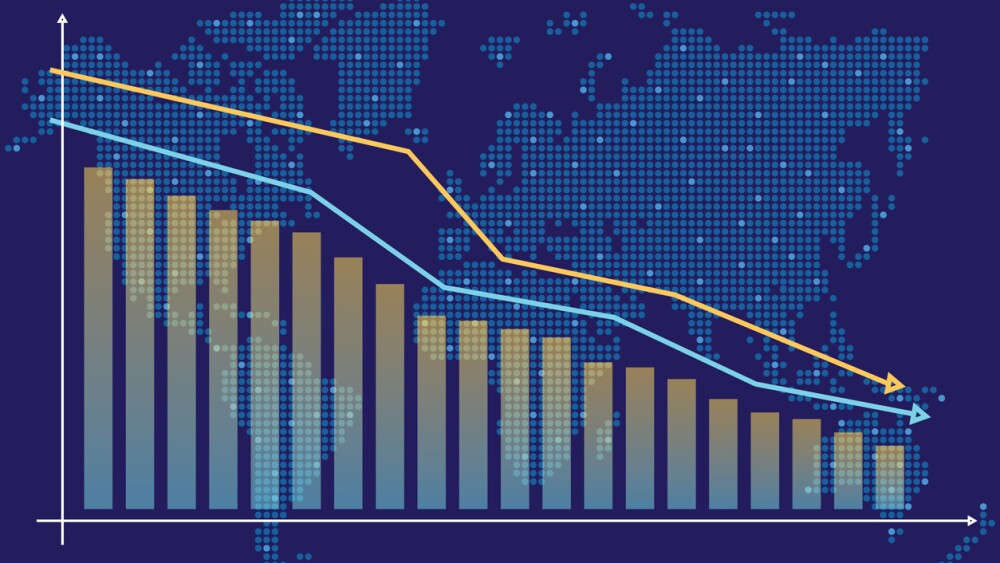Finding a mentor who can serve as a guide for one’s career is a goal for many young professionals. But reverse mentorship can be just as beneficial, as both parties stand to benefit.
Finding a mentor who can serve as a guide for one’s career is a goal for many young professionals. But reverse mentorship - when the younger, less experienced employee becomes the mentor - can be even more beneficial, as both parties stand to benefit. This is especially true in technology-driven fields like the life sciences industry.
Jack Welch, the former CEO of General Electric, popularized the concept of reverse mentorship in 1999, according to Forbes. As the internet was just becoming popular, he wanted younger employees to help senior executives learn how to navigate the new technology.
At the time, Welch couldn’t have known how much that early technology would evolve over the next two decades. But the role technology plays in every aspect of a working professional’s life today makes the concept of reverse mentoring more applicable now than ever.
Pharma giants and startups alike have implemented their own versions of these programs, hoping to help their employees help themselves.
Takeda is one of these companies. Charlotte Owens, M.D., vice president and head of the Center for Health Equity and Patient Affairs at Takeda, told BioSpace she sees reverse mentorship as a way to further diversify and build on the talent the company already has.
“At Takeda, our Center for Health Equity and Patient Affairs partners internally and externally to identify and eliminate health inequities – and that pertains to mentorship and internships as well,” Owens said. “We recognize the need for diverse talent and see reverse mentorship as another opportunity to leverage that.”
Owens is also an adjunct assistant clinical professor of obstetrics and gynecology at the Morehouse School of Medicine, where she trains and educates medical students and residents. She stressed the importance of mentorship in a young employee’s career.
A “Nothing is Impossible” Mindset
“Mentorship allows you to borrow someone else’s dream until you can clearly identify and obtain your own,” Owens said. “It provides a space to create, to gather advice and to have candid conversations, which are all important components of advancing your professional career and building professional resilience.”
She also emphasized the value of reverse mentorship for more experienced team members. It’s no surprise that younger employees can help their mentees become more efficient through technology, but Owens said there’s something younger employees tend to have that’s even more valuable - a positive outlook.
“Younger employees tend to have a ‘nothing is impossible’ mindset, without the same fear or limitations we gain over time.”
Disrupting the Typical Hierarchy
Still, there are challenges in executing successful reverse mentoring programs, especially when they’re first introduced. The most obvious challenge is the inevitable tension that comes from disrupting the typical hierarchy or status quo. While it can be difficult for anyone to accept constructive criticism, this is exacerbated when there is an unusual power dynamic at play.
Another potential challenge in these programs is a lack of shared interests, especially in an organization that doesn’t prioritize diversity. Owens pointed out that typically, younger mentees will emulate their mentors, and it’s much easier for them to do so when that mentor has a similar background or shared experiences. But when that isn’t possible, one or both parties may get frustrated or discouraged and miss out on what they could have learned.
“Studies show we tend to choose career paths based on where we can see ourselves and people like us…it’s important that we create a path for more diverse talent within these programs and allow the younger generations to see someone like themselves succeeding in a field they may otherwise not have thought to enter,” Owens said.
Cultivate a Safe Space for Honest Growth
The ultimate goal of both traditional mentorship and reverse mentorship is growth. And to achieve any kind of growth, there’s a level of open-mindedness and willingness to change that has to come first.
Fortunately, there’s a way to help employees achieve this growth - by creating an environment in which they feel safe. According to Owens, the first step is cultivating a space in which employees can feel comfortable being honest without fear of retaliation or resentment.
After that, it’s even more important for both senior and junior employees to accept the feedback without judgment and learn from it, Owens said.
“Sometimes, receiving honest feedback can be difficult, but it’s what’s needed to get a better understanding of people, your team and even yourself,” Owens said.
And when a reverse mentorship program is successful, it can have a ripple effect, touching every aspect of the company.
“It’s this type of effort [in creating a safe environment] across the mentorship program that fosters better productivity, motivation and increased contributions for employees that are valued across the organization,” Owens concluded.






